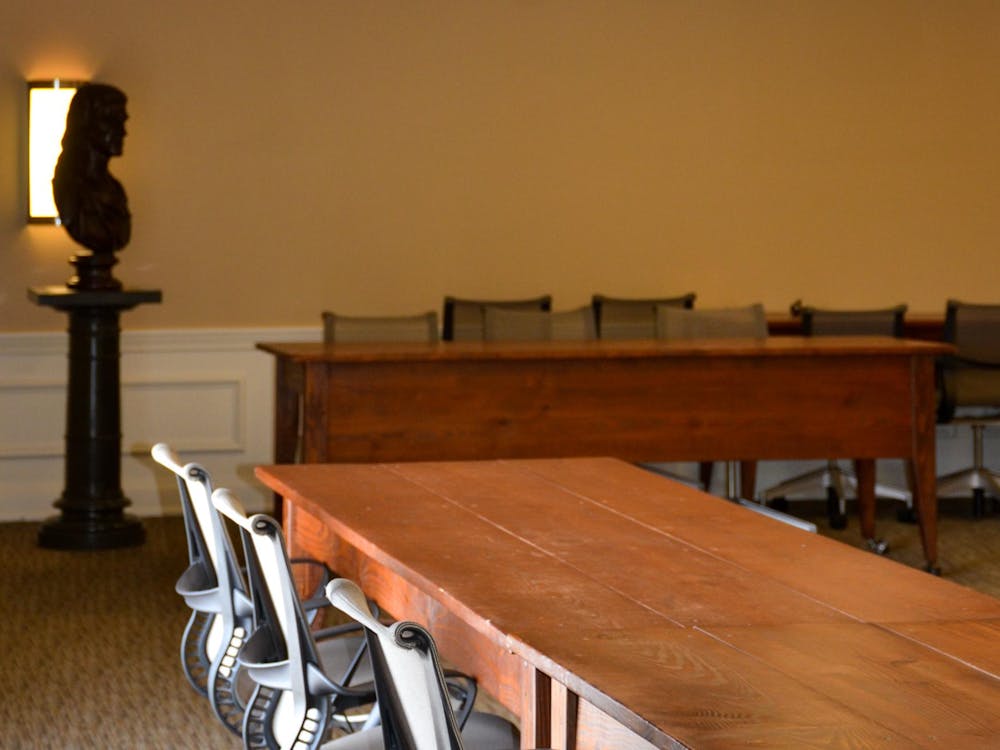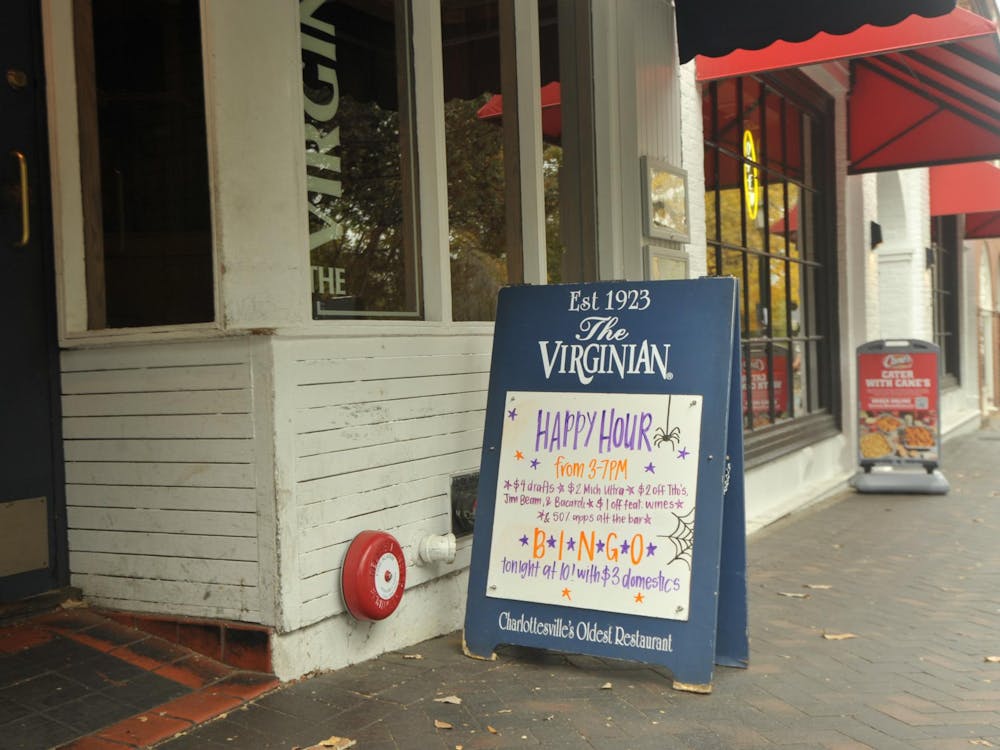More than 300 people gathered this past weekend to celebrate 40 years of full coeducation at the University. The majority in attendance were female alumnae from the class of 1972 and on, reuniting to commemorate the history of women at the University.
"The weekend is a wonderful opportunity because some of these alumni have not been back since they graduated, so it is an important chance for them to reconnect with the University and with each other," said President Teresa A. Sullivan, the University's first female president.
The celebratory festivities began Friday night in Alumni Hall with a retrospective discussion titled, "U.Va. Decision Time: To Admit or Not to Admit ... Women." Sharon Davie, director of the Women's Center, moderated the discussion. In her opening remarks, Davie set the tone for the weekend saying, "The decision to move to full coeducation of undergraduates was a momentous one that changed the character of our institution."
Four guest speakers narrated the history of the decision to admit women through stories of their individual involvement in the process. John Lowe spoke about his role as counsel to the five female plaintiffs in the lawsuit that served as the catalyst for women's entrance into the University in the fall of 1970. Lowe graduated from the Law School in 1967, and he was unaware women were not allowed to enroll in the University's undergraduate program until he met Virginia Scott.
Scott was a student at Albemarle High School who wanted to attend the University. She approached Lowe for help because he was the only lawyer within 75 miles of Charlottesville who would take a civil rights case. "I knew there was a motivation to go with coeducation, so I was optimistic that with the right push I would help [the Board of Visitors] to undertake voluntarily the coeducation of the University," Lowe said. The Board of Visitors was the main opponent to coeducation. The president of the University at the time, Edgar F. Shannon Jr., was in complete support of admitting women.
Contrary to popular belief, the University voluntarily adopted Lowe's proposal for coeducation and the lawsuit was dismissed. Lowe trusted the University to remain faithful to their its word, which it did.
Ernie Ern, the dean of admissions from 1967 to 1973, elaborated on the difficult process of choosing the female members for the first coeducation class. The admissions office was looking for a "gritty" class of girls comprised of leaders and intellectual elites. Ern and the rest of the admissions staff made phone calls to headmasters, principals, guidance counselors and anyone else who could help them ensure that the first class of women would excel. In that very first coeducation class, 83 percent of the women who enrolled were in the top fifth of their graduating high school class compared to only 65 percent of the men. Ern described how this sent a strong message to the male applicants. Since then the University continuously has had a more selective applicant pool, he said.
Ern then commended the women in the audience for their part in raising the standards of applicants to ensure that the student body is comprised of exceptional students.
The next stage in the process was to implement coeducation, which was overseen by Annette Gibbs, associate dean of students at the time.
Alumni and faculty members posed the main challenge to implementing coeducation. Unlike alumni and faculty, male students were supportive of coeducation. Kevin Mannix, Student Council president in 1970-71 and the student representative on the University Committee of Coeducation, discussed the student body's opinion at the time. Its support was demonstrated by the minority report that Mannix wrote, which called for the immediate equal admission of women and was endorsed by Council.
When Scott rose to ask a question Friday, the audience gave her a standing ovation. Generations of alumnae acknowledged Scott for paving the way for women at the University.
"There is no doubt in my mind that our university would have never achieved the greatness it enjoys without coeducation," Lowe said in his concluding remarks.
Following the panel, the women's chorus sang "Still I Rise," a song about the empowerment of women, and "Ain't No Grave" which is about overcoming obstacles. The choir's performance was followed with a speech by Sullivan.
During the speech, Sullivan took a moment to recognize that although full coeducation at the University began only 40 years ago, women have played a role in the University for more than a century as students in the Nursing School and Curry School. Moreover, daughters and wives of faculty were admitted prior to 1970.
Sullivan also acknowledged the women in the audience. "I know that the only reason I am here today is because you were here first," she said.
During a reception which followed the formal presentations, women were given the opportunity to reconnect. "It's been a wonderful experience to share with women of my era." said Bretta MacVeigh Reinhard, a member of the class of 1972.
Susan Hart, also a member of the first graduating coeducation class, was especially excited for the Friday evening event because she wanted to learn the history of the decision to admit women. "I felt entitled to be here because I came from Northern Virginia, and I knew plenty of men from my [high school] class of 1967 who were here, and I was a better student than they were. Once I was here I was very thankful for the quality of education," Hart said of her desire to attend the University.
The celebration continued with events Saturday that gave women the opportunity to share their stories at the University. One such event was the annual Distinguished Alumna Award Luncheon. The 2011 recipient of the award was Alexandra Arriaga, a graduate of the Class of 1987.
The 40th anniversary celebration of full coeducation concluded Saturday evening with keynote speaker Sheryl Gay Stolberg, a member of the Class of 1983 and reporter for The New York Times.






